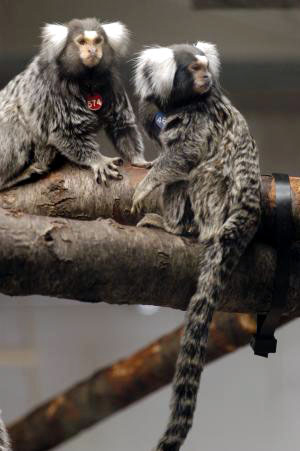 |
> MORAL MOTIVATION OR INTENT (NEUROPHYSIOLOGY AND PSYCHOLOGY)
> NON-HUMAN EXPRESSIONS OF SYMPATHY
 Mice, too, seem to show signs of proto-empathy in expressing feelings modified by the feelings of others. Experimentally, they exhibit increased sensitivity to mild pain when cagemates (but not unfamiliar mice) also experienced noxious stimuli at the same time. Again, visual contact seems important in communicating an emotional state and triggering a corresponding, even if not directly sympathetic, response (Langford et al 2006).
Mice, too, seem to show signs of proto-empathy in expressing feelings modified by the feelings of others. Experimentally, they exhibit increased sensitivity to mild pain when cagemates (but not unfamiliar mice) also experienced noxious stimuli at the same time. Again, visual contact seems important in communicating an emotional state and triggering a corresponding, even if not directly sympathetic, response (Langford et al 2006).
Concern towards others may occur in more positive contexts, as well. Common marmoset monkeys (Callithrix jacchus) are cooperative breeders and strongly interdependent socially. When given an opportunity (with no personal reward) in a laboratory setting, they provide food to other individuals, even without reciprocity or genetic relatedness (Burkart et al 2007). Unsolicited, other-regarding behavior may thus occur without the more sophisticated cognitive structures found in chimps and humans and without explicit reciprocation.
|

 |